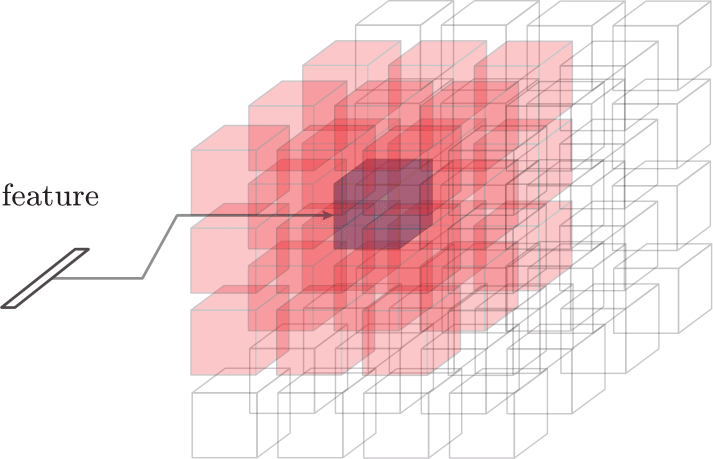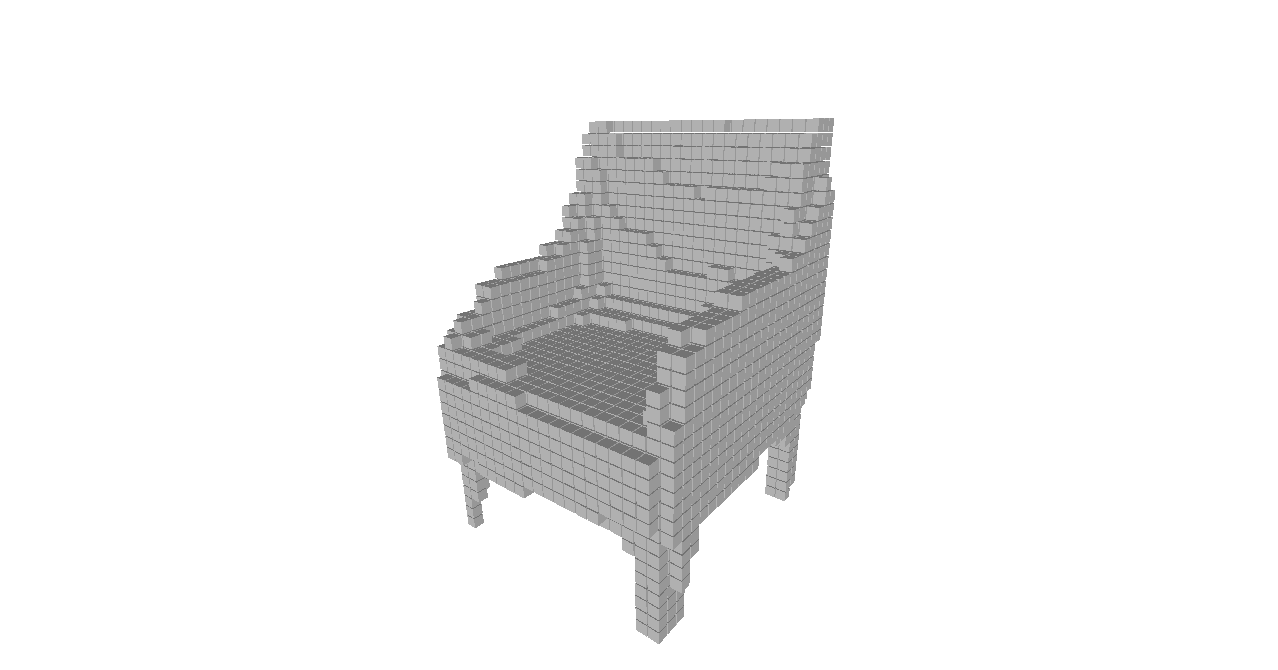This repository contains the source code of the paper Choy et al., 3D-R2N2: A Unified Approach for Single and Multi-view 3D Object Reconstruction, ECCV 2016. Given one or multiple views of an object, the network generates voxelized (voxel is 3D equivalent of pixel) reconstruction of the object in 3D.
If you find this work useful in your research, please consider citing:
@inproceedings{choy_eccv16,
author={Choy, Christopher B and Xu, Danfei and Gwak, JunYoung and Chen, Kevin and Savarese, Silvio},
title={3D-R2N2: A Unified Approach for Single and Multi-view 3D Object Reconstruction},
booktitle={European Conference on Computer Vision (ECCV)},
year={2016}
}
 Left: images found on Ebay, Amazon, Right: overview of
Left: images found on Ebay, Amazon, Right: overview of 3D-R2N2
Traditionally, single view reconstruction and multi view reconstruction are disjoint problmes that has been dealt using different approaches. In this work, we first propose a unified framework for both single and multi view reconstruction using a 3D Recurrent Reconstruction Neural Network (3D-R2N2).
Schematic of 3D-Convolutional LSTM |
Inputs (red cells + feature) for each cell (purple) |
|---|---|
 |
 |
We can feed in images a random order since the network is trained to be invariant to the order. The ciritical component that enables the network to be invariant to the order is the 3D-Convolutional LSTM which we first proposed in this work. The 3D-Convolutional LSTM selectively updates parts that are visible and keeps the parts that are self occluded (please refer to http://cvgl.stanford.edu/3d-r2n2/ for the supplementary material for analysis).
 We used two different types of networks for the experiments: a shallow network (top) and a deep residual network (bottom).
We used two different types of networks for the experiments: a shallow network (top) and a deep residual network (bottom).
We used ShapeNet models to generated rendered images and voxelized models which are available below (you can follow the installation instruction below to extract it on the default directory).
- ShapeNet rendered images ftp://cs.stanford.edu/cs/cvgl/ShapeNetRendering.tgz
- ShapeNet voxelized models ftp://cs.stanford.edu/cs/cvgl/ShapeNetVox32.tgz
The package requires python3. You can follow the direction below to install virtual environment within the repository or install anaconda for python 3.
- Download the repository
git clone https://github.com/chrischoy/3D-R2N2.git
- Setup virtual environment and install requirements
cd 3D-R2N2
pip install virtualenv
virtualenv -p python3 py3
source py3/bin/activate
pip install -r requirements.txt
-
Follow the installation instruction for
cuDNNtheano on instruction -
run the demo code
python demo.py
The demo code takes 3 images of the same chair and generates the following reconstruction.
| Image 1 | Image 2 | Image 3 | Reconstruction |
|---|---|---|---|
 |
 |
 |
 |
- Download datasets and place them in a folder named
ShapeNet
mkdir ShapeNet/
wget ftp://cs.stanford.edu/cs/cvgl/ShapeNetRendering.tgz
wget ftp://cs.stanford.edu/cs/cvgl/ShapeNetVox32.tgz
tar -xzf ShapeNetRendering.tgz -C ShapeNet/
tar -xzf ShapeNetVox32.tgz -C ShapeNet/
- Train and test the network using a shell script
./experiments/script/res_gru_net.sh